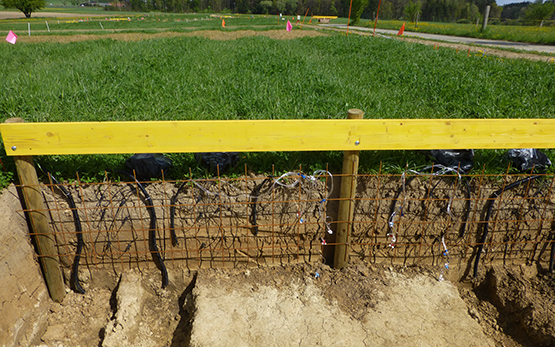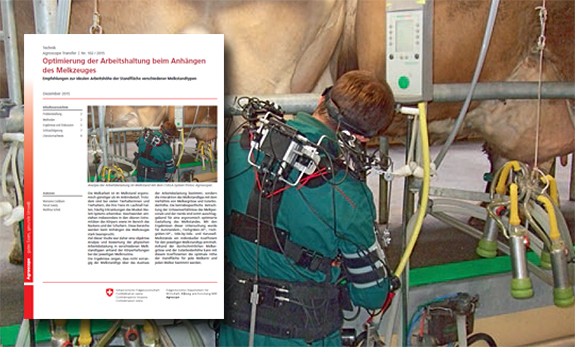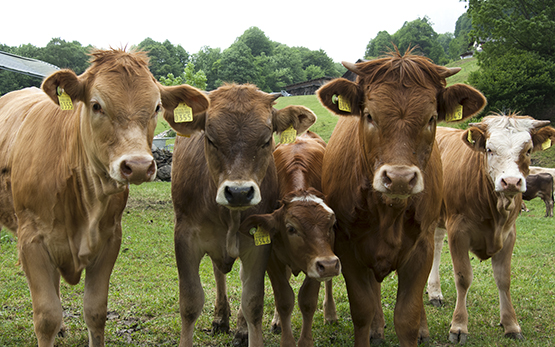Pauler C., Schneider M. K.
Nicht alle Rinder fressen gleich: Einfluss der Rasse auf die Weidevegetation.
Agrarforschung Schweiz, 11, 2020, 244-251.
Zehnder T., Lüscher A., Ritzmann C., Pauler C., Bérard J., Kreuzer M., Schneider M. K.
Dominant shrub species are a strong predictor of plant species diversity along subalpine pasture-shrub transects.
Alpine Botany, 130, 2020, 141-156.
Pauler C.
Hochlandrinder unter der Lupe: Ein Bericht aus der Forschung. Newsletter Highland Cattle Society Switzerland 2/2020.
Highland Cattle Society Switzerland Newsletter, 1, 2020, 1-2.
Pauler C.
Hochlandrinder unter der Lupe: Ein Bericht aus der Forschung.
Highland Cattle: Journal der Hochlandrinder-Züchter in Deutschland, 2020, 101-103.
Pauler C., Isselstein J., Suter M., Bérard J., Braunbeck T., Schneider M. K.
Selektive græssere.
Highland Nyt, 2, 2020, 13-22.
Pauler C.
Robuste Rinderrassen fördern pflanzliche Artenvielfalt. Informationsdienst Biodiversität Schweiz 141.
Ed. Informationsdienst Biodiversität Schweiz, 141, 2020
Pauler C.
A new study points out differences among cattle breeds and highlights the potential of Highland cattle.
Highland Breeders' Journal, 2020, 2-4.
Pauler C., Schneider M. K.
Problempflanzen : zum Fressen gern.
Landfreund, 9, 2020, 28-30.
Pauler C., Isselstein J., Bérard J., Braunbeck T., Schneider M. K.
Grazing allometry: anatomy, movement and foraging behavior of three cattle breeds of different productivity.
Frontiers in Veterinary Science, 7, (494), 2020, 1-17.
Pauler C., Isselstein J., Suter M., Bérard J., Braunbeck T., Schneider M. K.
Choosy grazers: Influence of plant traits on forage selection by three cattle breeds.
Functional Ecology, 2020, 1-13.
Pauler C.
Mehr Vielfalt durch Hochlandrinder.
Top Agrar, 12, 2019, 72-75.
Pauler C., Isselstein J., Braunbeck T., Schneider M. K.
Einfluss unterschiedlicher Rinderrassen auf die Weidevegetation.
Arbeitsgemeinschaft für Grünland und Futterbau AGFF, 6, 2019, 53-56.
Pauler C. M., Isselstein J., Braunbeck T., Schneider M. K.
Influence of High-land and production-oriented cattle breeds on pasture vegetation: A pairwise assessment across broad environmental gradients.
Agriculture, Ecosystems & Environment, 284, 2019, 1-11.
Pauler C., Isselstein J., Braunbeck T., Schneider M. K.
The impact of cattle breed on pasture vegetation.
Dans: Adapting innovation in grassland management. 4 November, Ed. NIBIO, Tjotta, Lofoten Island, Norway. 2018, 100-101.








